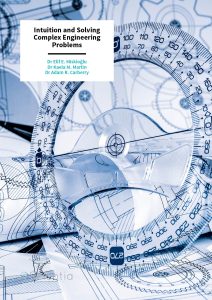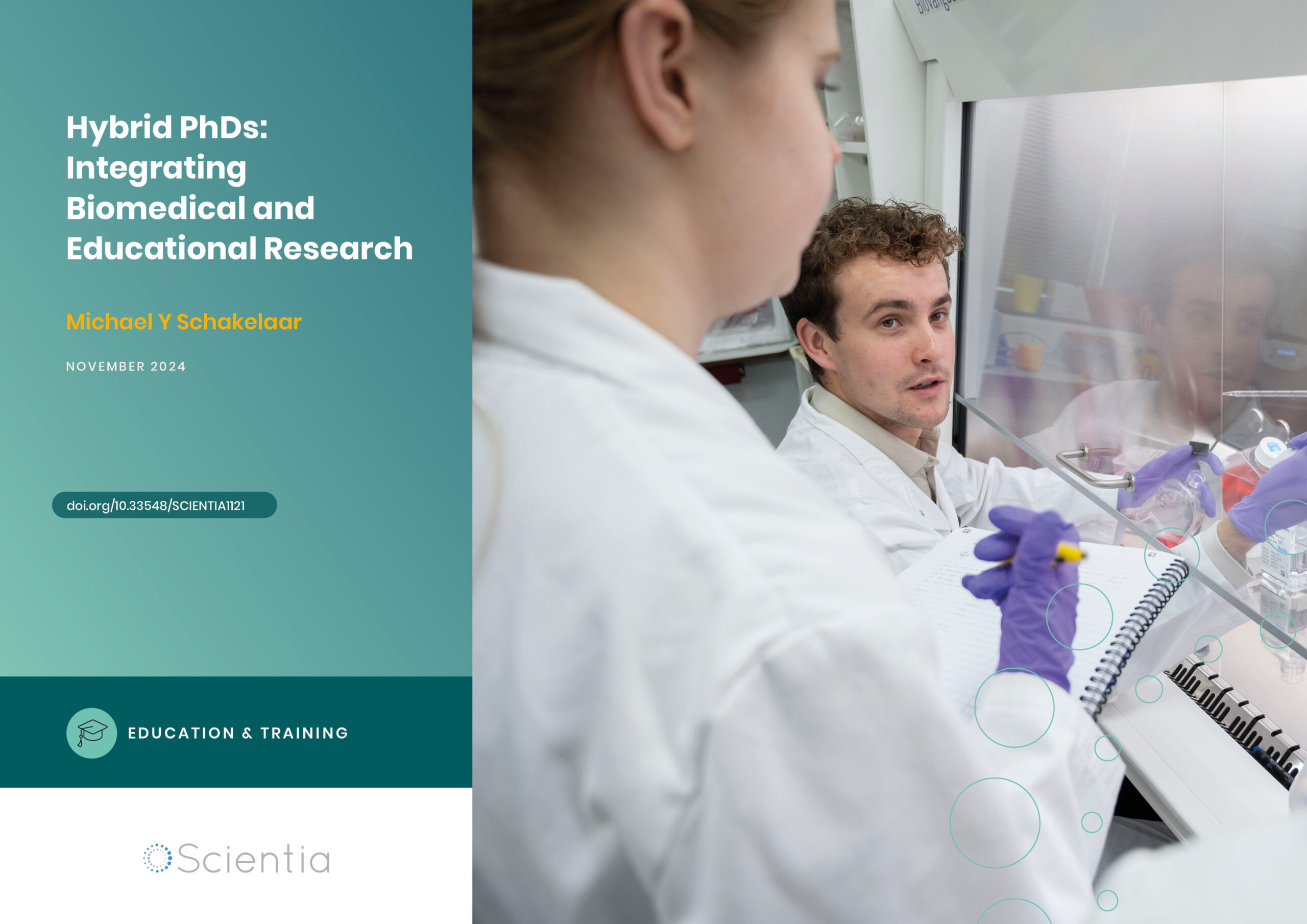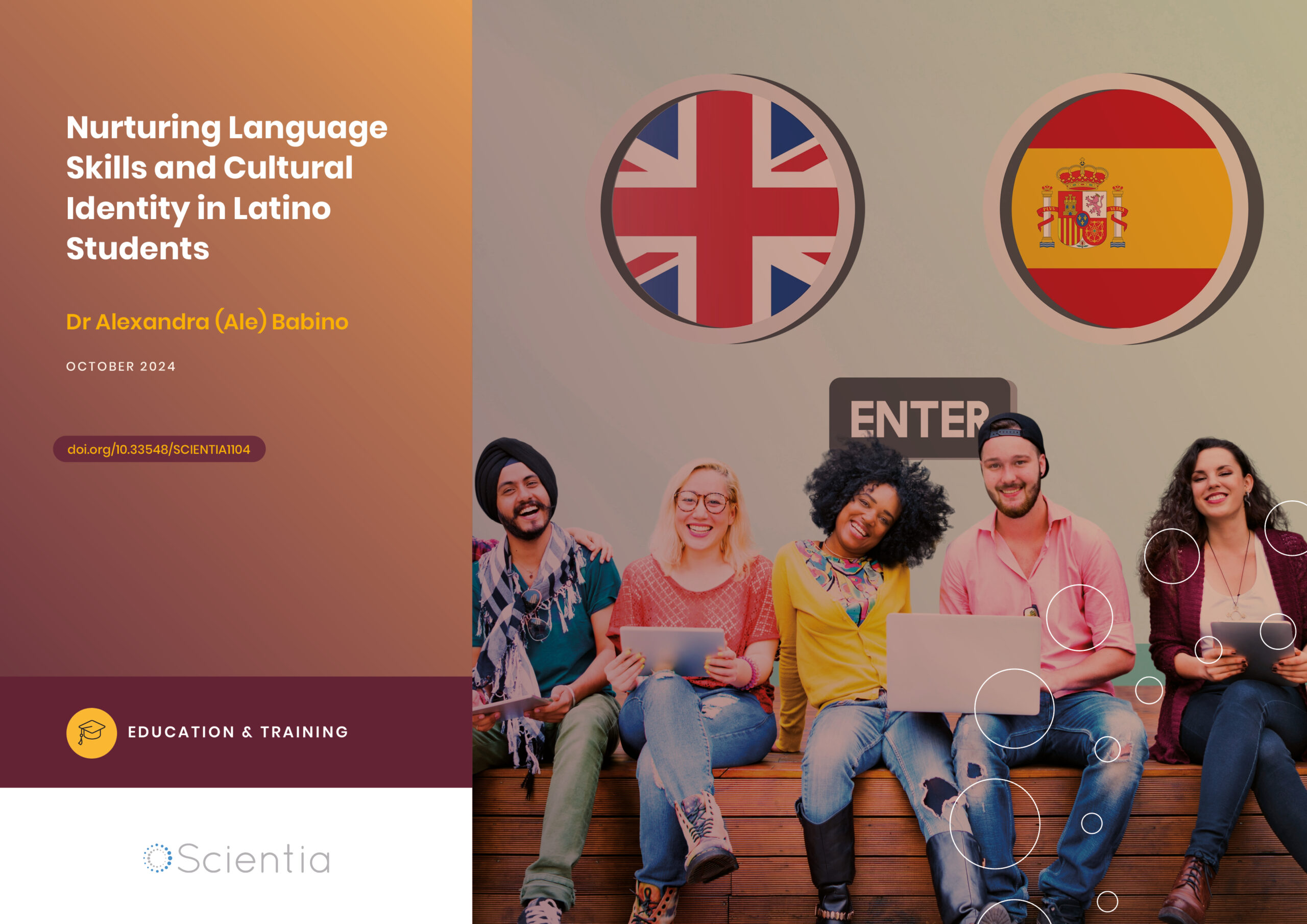Dr Elif E. Miskioğlu – Dr Kaela M. Martin – Dr Adam R. Carberry | Intuition and Solving Complex Engineering Problems
Experienced engineers are typically equipped with advanced technical knowledge and a unique skill set but also a marked intuition that allows them to come up with solutions to complex real-world problems. Drs Elif E. Miskioğlu, Kaela M. Martin, and Adam R. Carberry, at Bucknell University, Embry-Riddle Aeronautical University Prescott, and The Ohio State University, respectively, recently engaged in important research to support the understanding of intuition in engineering practice.
The Key Role of Intuition in Engineering Practice
Intuition, sometimes referred to as ‘gut feeling’, is the ability to understand something at an instinctive level without having to reason about it consciously. Intuition can be highly valuable for professionals in many humanistic and scientific fields, including engineering.
The work of engineers centres on solving real-world problems by developing new technologies, materials, structures and processes. Intuition can be highly valuable for engineers, as it undoubtedly helps them to identify optimal solutions under significant time constraints and/or when only limited resources are available.
Based on their past professional experiences and challenges they have encountered before, engineers could, for instance, intuitively identify flaws with a given system or identify strategies that could improve its performance. While intuition is a central part of engineering, it is sometimes considered an innate ability or skill that develops as engineers gain hands-on experience in the field.
Effectively assessing engineering students’ intuition and helping them fine-tune this important ability during their studies would be incredibly valuable. Importantly, enhancing this skill could better equip them to tackle the increasingly complex challenges of the modern era. Drs Elif E. Miskioğlu, Kaela M. Martin, and Adam R. Carberry recently utilised their combined expertise and knowledge to develop new tools to support our understanding and, eventually, the acquisition of engineering-related intuition.
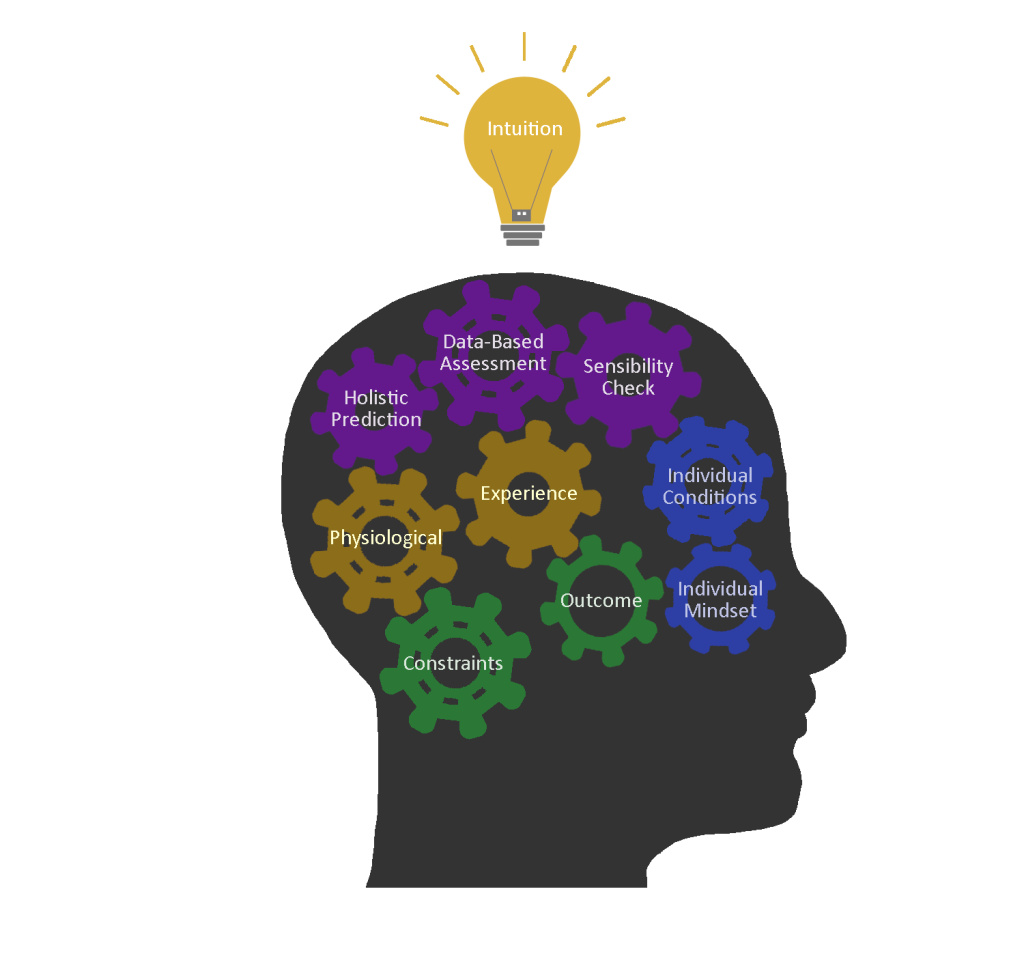
Credit: Kaela Martin, Elif Miskioğlu, and Adam Carberry
Measuring Intuition in Engineering Contexts
The ultimate goal of the recent work by Drs Miskioğlu, Martin, and Carberry was to better understand intuition as a mechanism to subsequently develop targeted educational experiences that can support the development of intuition, while also teaching students how to leverage their intuition to solve complex problems. This started with first developing methods to study and measure intuition reliably.
Some past studies had already assessed the value of intuition in fields such as nursing, business management, and law. Predictably, they found that in these fields, intuition typically develops as professionals gain greater experience and expertise in their field. This led Drs Miskioğlu, Martin, and Carberry to compare intuition-related views shared by experienced engineers with those of nurses and business managers.
The researchers identified common themes related to the use of intuition to support decision-making across these three disciplines. For instance, they found that the participants, irrespective of profession, associated intuition with decisions made in ambiguous situations and under time constraints. They also mentioned the risks associated with making intuitive choices, factors that could inhibit their use of intuition, such as the fear of being embarrassed and making a poor decision, or punitive workplace environments, and factors that facilitated their intuition, such as feeling confident or being in a supportive workplace environment.
The participants also mentioned the role of professional experience and learning (through education and exposure to past problems) in the ability to make intuitive choices. Overall, the views of the engineers, nurses, and business managers defined intuition as a ‘sense of knowing’ that guides decision-making in their respective professional endeavours.
Interviewing Engineering Practitioners
Drs Miskioğlu, Martin, and Carberry later recruited 17 engineering professionals with at least 6 years of experience in the field. They prepared a series of interview questions to ask experienced engineers with the aim of better understanding engineering intuition and how it manifests in the workplace. These experienced engineers were interviewed and asked to share their views on how they developed their expertise, navigated their engineering roles, and viewed engineering intuition and its development.
The interviews were then transcribed and analysed using a four-step coding process. First, the researchers looked for any notable phrases said by the participants and coded them using preliminary labels representing their views. Subsequently, these preliminary codes were used to create different categories summarising some of the key views expressed by the participating engineers. The transcripts were then re-coded to divide the views expressed by participants into the identified categories, and some subcodes were created to capture subtle differences in these views.
Critically, this analysis allowed the researchers to gain insight into what defines ‘engineering intuition’. Most interviewees reported that intuition allowed them to assess present situations and predict future outcomes. This suggests that, in the context of engineering, intuition is a problem-solving skill that guides engineers in the process of devising desirable solutions to problems.
In 2021, Drs Miskioğlu, Martin and Carberry developed a new definition of what they refer to as ‘engineering intuition’ based on their overall emergent findings. They suggest that the type of intuition that proves valuable in engineering primarily consists of intuitively assessing if engineering solutions are feasible and predicting the outcomes or options associated with a given engineering scenario.
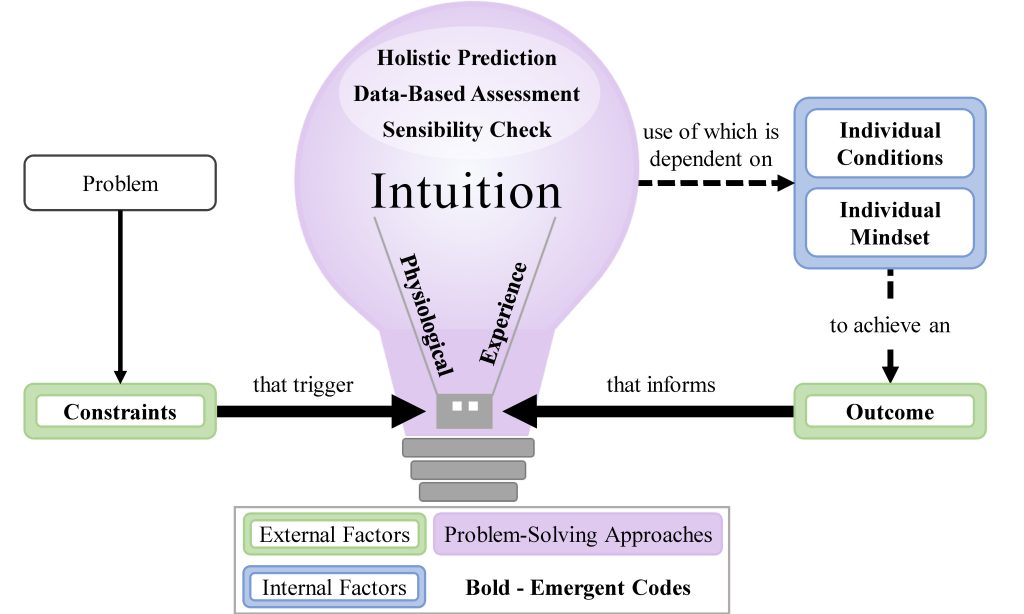
Leveraging Intuition Toward Engineering Solutions (LITES) framework. Dashed lines represent the Internal Factors loop that determines whether intuition is used. Solid lines are related to the problem and outcome. Reproduced from https://doi.org/10.1002/jee.20521
The LITES Framework
Using these results, Drs Miskioğlu, Martin, and Carberry devised LITES – Leveraging Intuition Toward Engineering Solutions. LITES is a framework that characterises engineering intuition, using the emergent codes created to summarise the views obtained via interviews.
The LITES framework includes nine codes or themes defining how engineering intuition is used, which are divided into three broader categories: external factors, problem-solving approaches, and internal factors. The external factors include constraints (i.e., anything that limits the problem-solving process) and outcomes (i.e., the results of this process).
The problem-solving approaches category includes five themes – physiological responses, experience, data-based assessment, holistic prediction, and sensibility check. Physiological responses are gut feelings, physical sensations, or emotional manifestations that tell engineers that something is or isn’t going to work. Experience is the knowledge that engineers have acquired regarding how to solve a specific type of problem if they encountered similar problems in the past.
Data-based assessment is a problem-solving approach that relies on available evidence or data. At the same time, holistic prediction entails assessing a problem by looking at the ‘bigger picture’ or considering all relevant factors or parties involved as a whole. A sensibility check, in contrast, entails consciously or subconsciously reviewing different possible solutions to a problem to determine if they are ‘reasonable’ and could be realistically applied.
Finally, the internal factors included in the LITES framework are individual mindsets (i.e., the unique attitudes or perspectives that individual engineers have) and individual conditions (i.e., factors that may uniquely impact the ability of individual engineers to solve problems). Internal factors determine whether or not an individual is comfortable using the skill of intuition and, in this way, act as a regulator of intuition use. The researchers’ framework captures how engineering intuition is used in problem-solving, showing how these elements that comprise intuition support the development of effective solutions to complex problems.
Predicting and Evaluating Engineering Problem Solving (PEEPS)
Using the insights they had gathered thus far, Drs Miskioğlu, Martin and Carberry developed an instrument to evaluate engineering problem-solving in engineering education settings. Called PEEPS (Predicting and Evaluating Engineering Problem Solving), this questionnaire was built upon the key themes identified during intuition-related interviews with experienced engineers.
The questions were carefully designed and tested during a series of ‘think-aloud’ sessions with the goal of determining the ability of students to predict the outcome of a given solution or action, as well as their ability to evaluate a solution or outcome.
Respondents are presented with a series of problems to solve and asked how they approached solving the problems. The questions were reviewed both by the researchers and by an external engineer to confirm that they were both appropriate and relevant.
In 2021, Drs Miskioğlu, Martin, and Carberry recruited engineering students via email and asked them to complete the survey. They then analysed these survey responses and looked for recurring patterns. They found that participants who correctly answered the problems tended to be more confident in their responses, suggesting that the sample population was very self-aware of their knowledge.
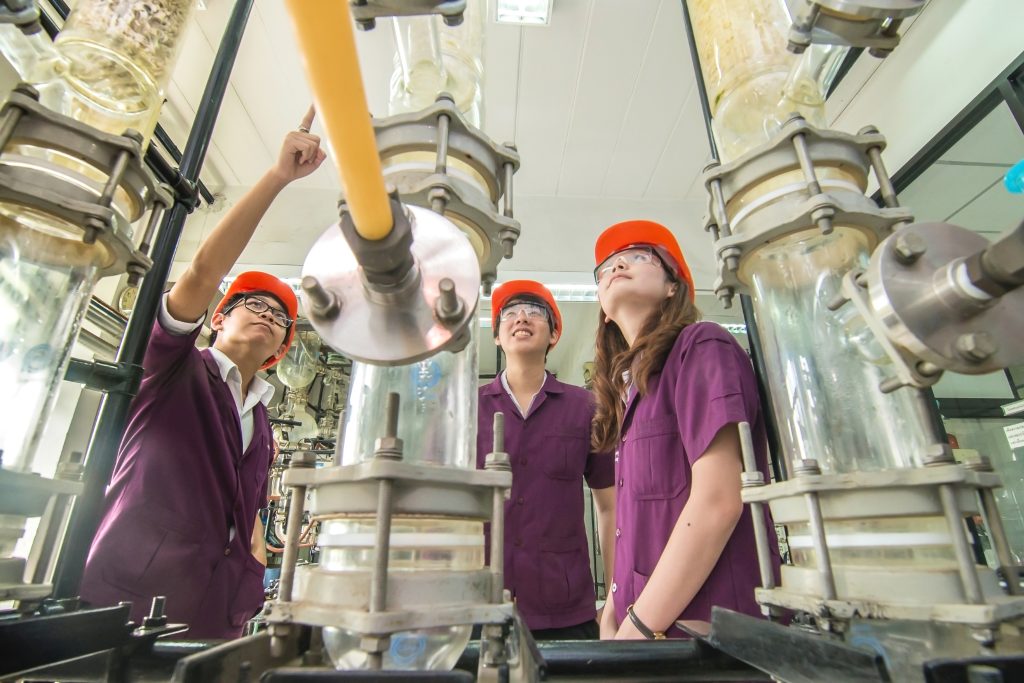
Integrating the Approach in STEM Education and Practice
The recent work by this team of researchers highlights the key role of intuition in the field of engineering, suggesting that fostering this ability could greatly benefit engineering students. Drs Miskioğlu, Martin, and Carberry have already developed a framework (LITES) and an instrument (PEEPS) to support the assessment of engineering intuition in academic settings.
They plan to further assess the potential of their developed tools and develop additional tools in larger studies. Ultimately, this could enable the use of their measure for assessing students’ engineering intuition before and after taking part in interventions designed to foster this highly valuable ability.
These studies could soon also inform the development of new academic interventions designed to improve the engineering intuition of prospective engineers. This work will contribute to the formation of more skilful engineers that are better equipped to tackle complex real-world problems and have a more intuitive understanding of the situations they are presented with in the workplace.
SHARE
DOWNLOAD E-BOOK
REFERENCE
https://doi.org/10.33548/SCIENTIA955
MEET THE RESEARCHERS
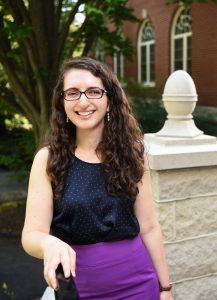
Dr Elif E. Miskioğlu
College of Engineering
Bucknell University
Lewisburg, PA
USA
Dr Elif Miskioğlu is an Assistant Professor of Chemical Engineering at Bucknell University. She holds a PhD and MS in Chemical Engineering from The Ohio State University, as well as a BS in Chemical Engineering from Iowa State University. Her primary area of research is in engineering education, specifically the novice-to-expert progression of engineers. She is particularly interested in discipline-specific intuition and expert judgment in engineering practice.
CONTACT
E: elif.miskioglu@bucknell.edu
W: https://www.bucknell.edu/fac-staff/elif-miskioglu
LinkedIn: https://www.linkedin.com/in/elif-miskio%C4%9Flu-649b7135/
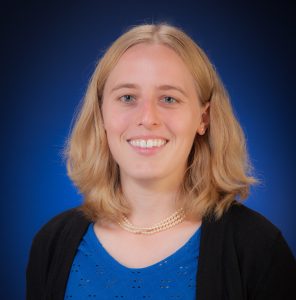
Dr Kaela M. Martin
College of Engineering
Embry-Riddle Aeronautical University
Prescott, AZ
USA
Dr Kaela Martin is an Associate Professor and Associate Chair in the Department of Aerospace Engineering at Embry-Riddle Aeronautical University. She holds a PhD and an MS in Aeronautical and Astronautical Engineering from Purdue University, as well as a BS in Aerospace Engineering and a BS in Mathematics from Iowa State University. Her expertise ranges from astronautical engineering to engineering education. Her engineering education research investigates effective pedagogical design as well as developing expertise in students.
CONTACT
W: https://faculty.erau.edu/Kaela.Martin
LinkedIn: https://www.linkedin.com/in/kaela-martin-aa175a77/
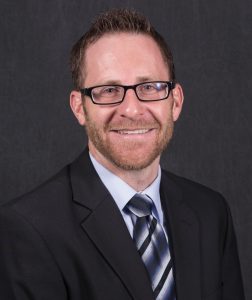
Dr Adam R. Carberry
College of Engineering
The Ohio State University
Columbus, OH
USA
Dr Adam Carberry is a Professor in the Department of Engineering Education at The Ohio State University, where he also serves as Chair. He holds a PhD in Engineering Education and an MS in Chemistry from Tufts University, as well as a BS in Materials Science and Engineering from Alfred University. Before his appointment at The Ohio State University, he worked at Arizona State University’s Fulton Schools of Engineering for over a decade. His research is primarily rooted in engineering education, with a keen focus on the development of new classroom innovations and assessment techniques, as well as empirical methods to understand the experiences of engineering students and educators.
CONTACT
W: https://www.eed.osu.edu/people/carberry.22
LinkedIn: https://www.linkedin.com/in/adam-carberry-1b094610/
FUNDING
This work was supported by the National Science Foundation (Grant No. 1927149 and Grant No. 1927250).
KEY COLLABORATORS
Caitlyn Aaron – Embry-Riddle Aeronautical University
Brooke Shannon – Embry-Riddle Aeronautical University
Caroline Bolton – Bucknell University
Madeline Roth – Bucknell University
Cooper Noble – Embry-Riddle Aeronautical University
Allison McIntyre – Embry-Riddle Aeronautical University
Sanjeev Kavale – Arizona State University
Natalie Dow – Embry-Riddle Aeronautical University
Zihui Zhu – Embry-Riddle Aeronautical University
Additional thanks to advisory board members who supported the project:
Jennifer Case – Virginia Polytechnic Institute and State University
Allison Godwin – Cornell University
Emily Dringenberg – The Ohio State University
Jonathan Hilpert – University of Nevada, Las Vegas
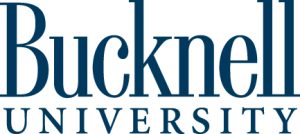

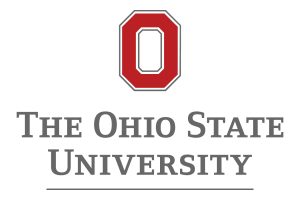
REPUBLISH OUR ARTICLES
We encourage all formats of sharing and republishing of our articles. Whether you want to host on your website, publication or blog, we welcome this. Find out more
Creative Commons Licence (CC BY 4.0)
This work is licensed under a Creative Commons Attribution 4.0 International License. 
What does this mean?
Share: You can copy and redistribute the material in any medium or format
Adapt: You can change, and build upon the material for any purpose, even commercially.
Credit: You must give appropriate credit, provide a link to the license, and indicate if changes were made.
SUBSCRIBE NOW
Follow Us
MORE ARTICLES YOU MAY LIKE
Michael Y Schakelaar | Hybrid PhDs: Integrating Biomedical and Educational Research
Biomedical science-based PhDs are often research-focused, designed to hone a candidate’s expertise in a specific field. However, subsequent careers in university settings frequently entail substantial teaching responsibilities, with PhD graduates unprepared for the dual roles of researcher and educator. Hybrid PhDs aim to better equip graduates for academic careers by integrating highly specialised scientific knowledge with educational research. PhD candidate Michael Y Schakelaar of University Medical Center Utrecht (Utrecht University), The Netherlands, provides an outstanding example of how this can be achieved.
Dr Amy Shachter | Indigenous Knowledges, Encouragements, Engagements, and Experiences in STEM
Despite efforts aimed at diversifying Science, Technology, Engineering, and Mathematics (STEM) fields, Indigenous communities remain widely underrepresented. The Indigenous Knowledges, Encouragements, Engagements and Experiences (ʻIKE) Alliance is comprised of a group of educators and Indigenous leaders from across the USA who support and facilitate the participation of Native American, Alaska Native, Native Hawaiian, and Pacific Islander (NANA-NHPI) students in STEM. ʻIKE also seeks to strengthen relationships between Indigenous communities and STEM higher education institutions.
Dr Alexandra Babino | Bilingual Education: Nurturing Language Skills and Cultural Identity in Latino Students
Bilingual education programmes aim to help students develop proficiency in multiple languages while learning grade-level content. However, the reality is often more complex, especially for Latino students navigating between Spanish and English in the USA. Dr Alexandra Babino from Texas Woman’s University explores how these students develop their language skills and identities in bilingual educational settings. Her research provides valuable insights to help educators nurture students’ multilingual abilities and cultural connections.
Dr Guo-Xing Miao | Lithium-Imbued Memristors: A Versatile Platform for Brain-Inspired Computing
Researchers are increasingly looking to the human brain for inspiration in the quest to develop more energy-efficient and powerful computing systems. The brain’s ability to process complex information with remarkable energy efficiency has led scientists to explore new materials and architectures that can mimic its functions. Dr Guo-Xing Miao and his colleagues at the University of Waterloo have made significant strides in this direction with their innovative work on lithium-imbued memristors – iontronic devices that can switch between volatile and non-volatile memory states resembling our short-term and long-term memories, offering a versatile platform for brain-inspired computing.

